#upcrate50
what is this?
upcrate50
what is this?
MENU
click at the topic to slide directly to them >>>
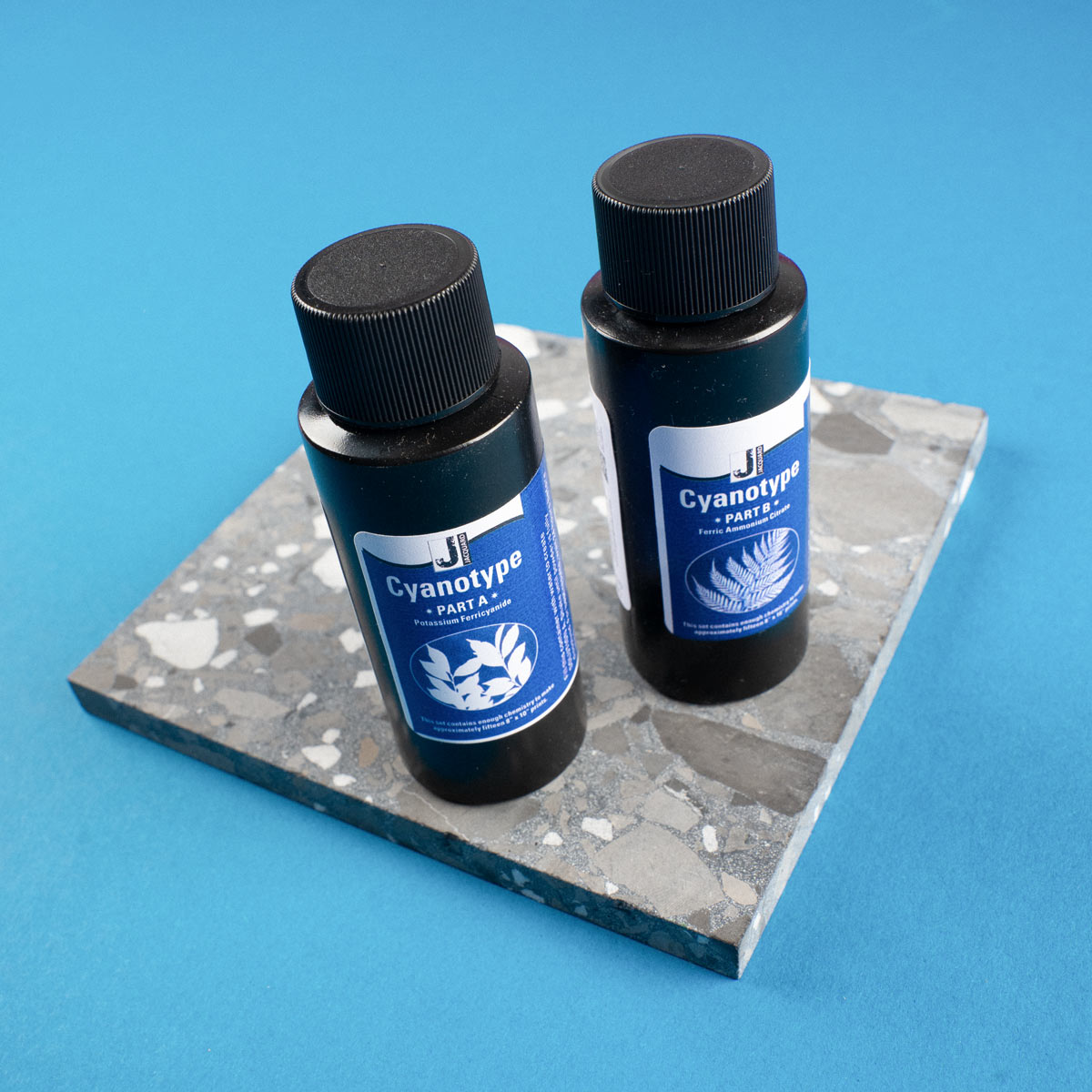

artwork by Linda Sukamta
1. Cyanotype
Cyanotype is a traditional photographic printing process developed in the mid-18th century and is distinctive for its rich blue color. How it works: When cyanotype-soaked paper is exposed to sunlight, a chemical reaction occurs. However, it won’t show up until you put the paper in water. Then it immediately turns blue!
So how do you make a print?
Instructions:
1. simply fill each bottle (Type A and Type B) with water, shake and allow to infuse for 24 hours to dissolve the powders.
2. Mix equal parts of SOLUTION A and SOLUTION B under dim lighting to create the cyanotype sensitizer. Mix only the amount you need immediately, as the sensitizer is only stable for 2-4 hours.
3. Coat paper with the sensitizer and allow to air dry in the dark (e.g., closet). Paper can be double coated for denser prints.
4. Expose in sunlight (1-30 minutes, depending on conditions) or under a UV light source, placing objects or a film negative on the coated surface to create an image. (Note: overexposure is almost always preferred to underexposure.) The fabric will look bronze once fully exposed.
5. Process prints in a tray or bucket of cold water. Wash for at least 5 minutes and change the water regularly until the water is clear. Do not use soap. When wetted, the print will change from a bronze to a blue color. To process prints immediately for the final deep blue color, submerge washed prints in a dilute hydrogen peroxide solution, then rinse.
6. Air dry prints on a clean clothesline or on newspaper or blotting paper. If peroxide was not used in step 6, the prints will oxidize more slowly to their final deep blue color over the course of about 24 hours.
If you are looking for more challenges with cyanotype, you can also try it with photos:
Place objects on the paper to block the light: Anywhere the sunlight can’t reach will stay white and leave a photographic impression on the paper (this is called a “photogram”). To print photos, simply print the photo on a transparency and place it on the paper instead of an object. You can even make prints from drawings by first drawing on transparency film – the possibilities are endless! Exposure time depends on external conditions, but is usually 3-10 minutes.
Make photographic prints by first creating a film negative. To easily turn any image into a film negative to make photographic cyanotype prints, visit Jacquard’s online negative generator at www.JacquardCyanotype.com
2. Kolibri Brush no. 4415
This paint brush is made of a fully synthetic boron mixture, with tinplate frame and red plastic handle. With a thickness of 9 mm, the brush can hold a lot of paint. It is suitable for all types of paints, from thin-bodied glazes to very pasty acrylic and oil paints. The synthetic bristle is very robust, so that the brush wears little even on rough painting surfaces.
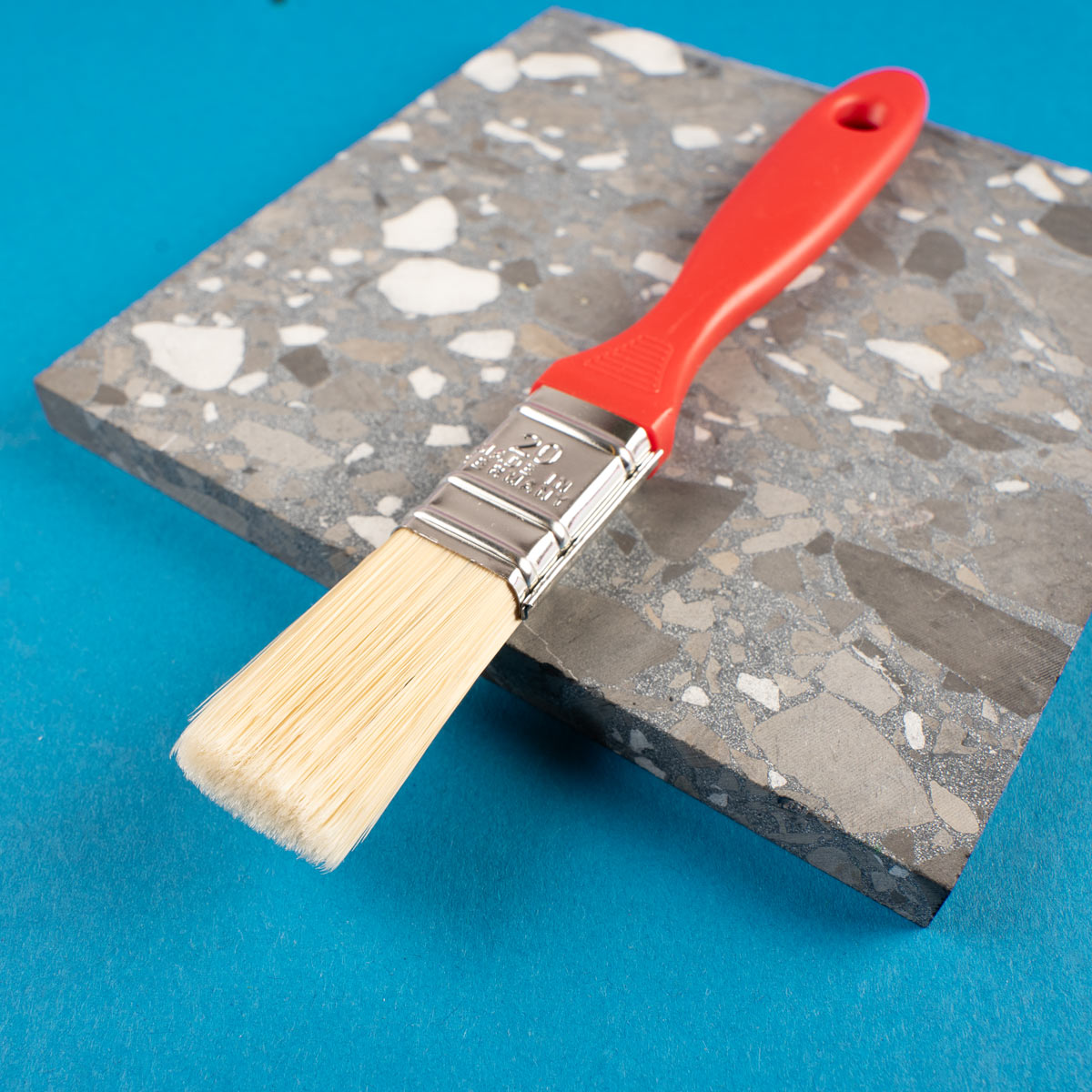
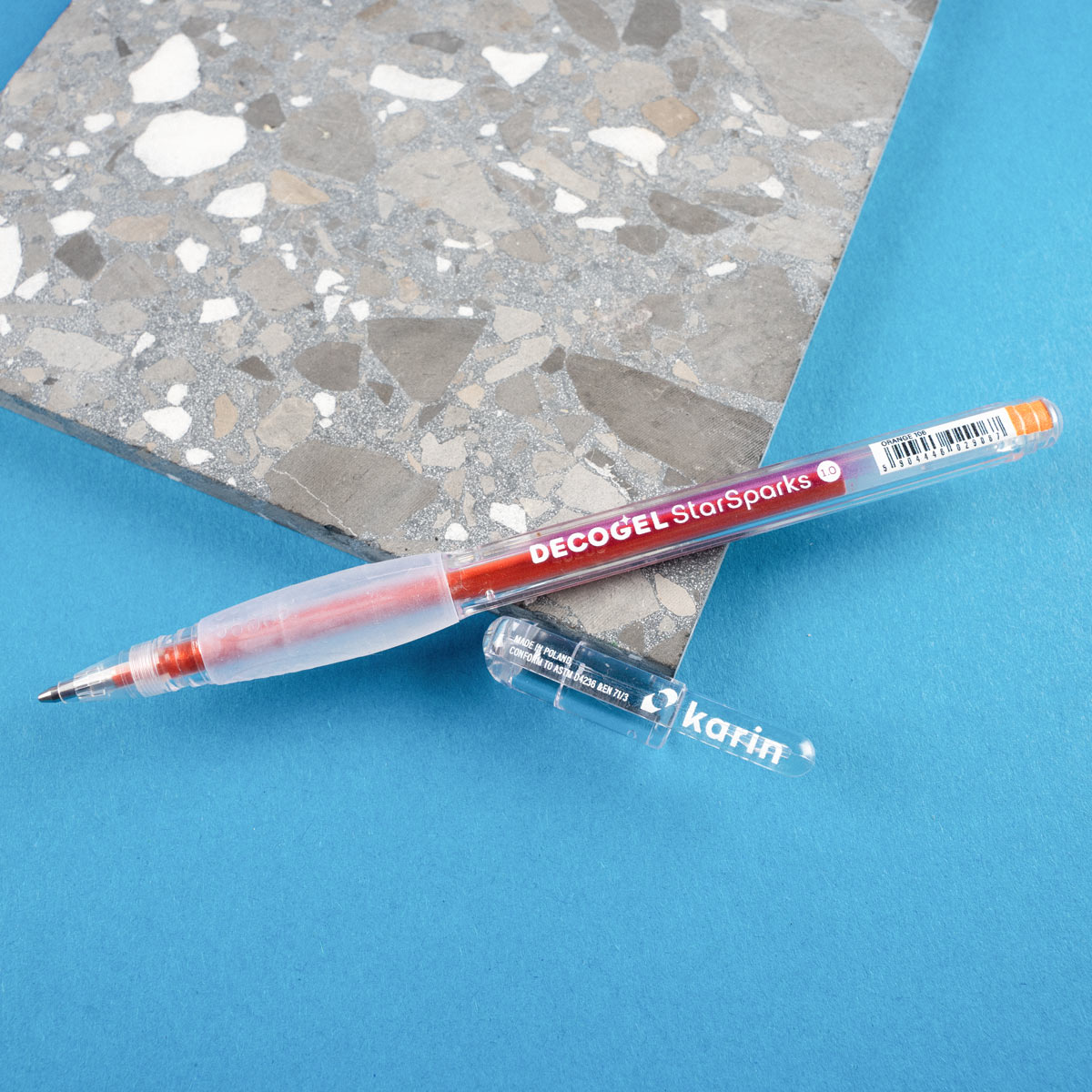
3. KARIN Deco Gel Starsparks orange 106
DECO GEL 1.0 is a collection of 50 gel pens for decoration, drawing and calligraphy, divided into color series: MILKY WAY, METALLIC and STAR SPARKS. They work perfectly on light and dark paper surfaces as well as on papers covered with watercolor paints, water-based markers (such as Brushmarker PRO markers) and many other surfaces such as glass, foil, metal or stone covered with acrylic paints and markers containing acrylic paints (such as Pigment Decobrush markers). This variety of surfaces provides unlimited creative possibilities.
DECO GEL 1.0 gel pens are precise tools for creating works full of subtle details and light nuances, such as calligraphy, bullet-journaling, scrapbooking, zentangle or mandalas. They are characterized by high covering power (MILKY WAY and METALLIC series), rich colors (METALLIC series), and special light effects (STAR SPARKS series). The covering, pigment-rich, dense water-based inks in DECO GEL 1.0 pens provide a smooth line, do not bleed through to the other side, are water-resistant (on paper) and lightfast.
4. Etafelt Hi-Text OHP, S green
The 780 OHP SuperFine Tip Green Permanent Marker is the ideal solution for anyone looking for a quality product. The fine 0.3mm tip ensures precise writing, while the green ink is bright and vibrant. The marker is perfect for writing on transparent films, but can also be used on other surfaces such as paper, cardboard, wood, glass, metal, plastic, CD and DVD. The marker also has a cap with clip. The 780 OHP Permanent Marker is Made in Italy. Etafelt, the leading Italian company in the production of markers and pens.
In the 1950s, the founder of Etafelt designed the first Italian marker. This innovative product soon became a success, and in 1966 the Etafelt company was founded to produce it on a large scale.
Today, Etafelt is a leading company in the production of markers and pens in Italy. The company has 7 factories, 90 employees and a turnover of approximately 12 million euros. All Etafelt products are made in Italy and undergo rigorous quality controls. The company constantly invests in research and development, to offer customers innovative and high quality products. Etafelt products are distributed in Italy and abroad. The company is focused on quality, innovation and environmental sustainability. The San Mauro Torinese and Settimo Torinese plants are powered by solar energy and a part of the plastic used comes from primary production recovery.


5. Paper clips, 4pcs
Use these great binder clips to hold the plastic wrap in place.
5. Artspaze Water color paper Pad, 300gsm
The Artspaze watercolor pad is ideal for all watercolor and mixed media applications! The 300g/m2 thick paper does not buckle if you work with multiple layers or wet on wet techniques. The cold-pressed paper has a rough and a smooth side, which offer the best surface for your art depending on your preference.

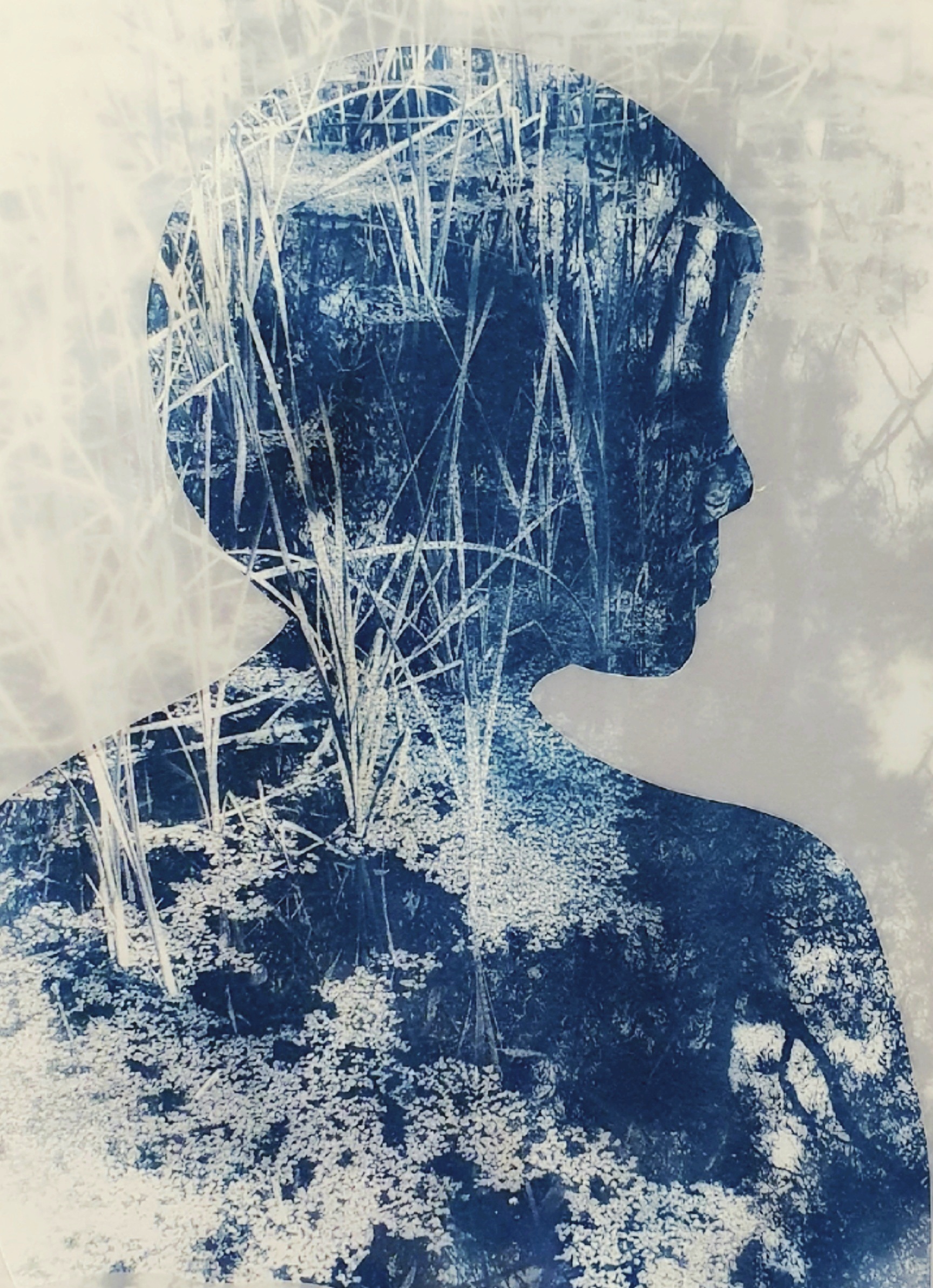
What was the most exciting part of your work with the box and what was the biggest challenge?
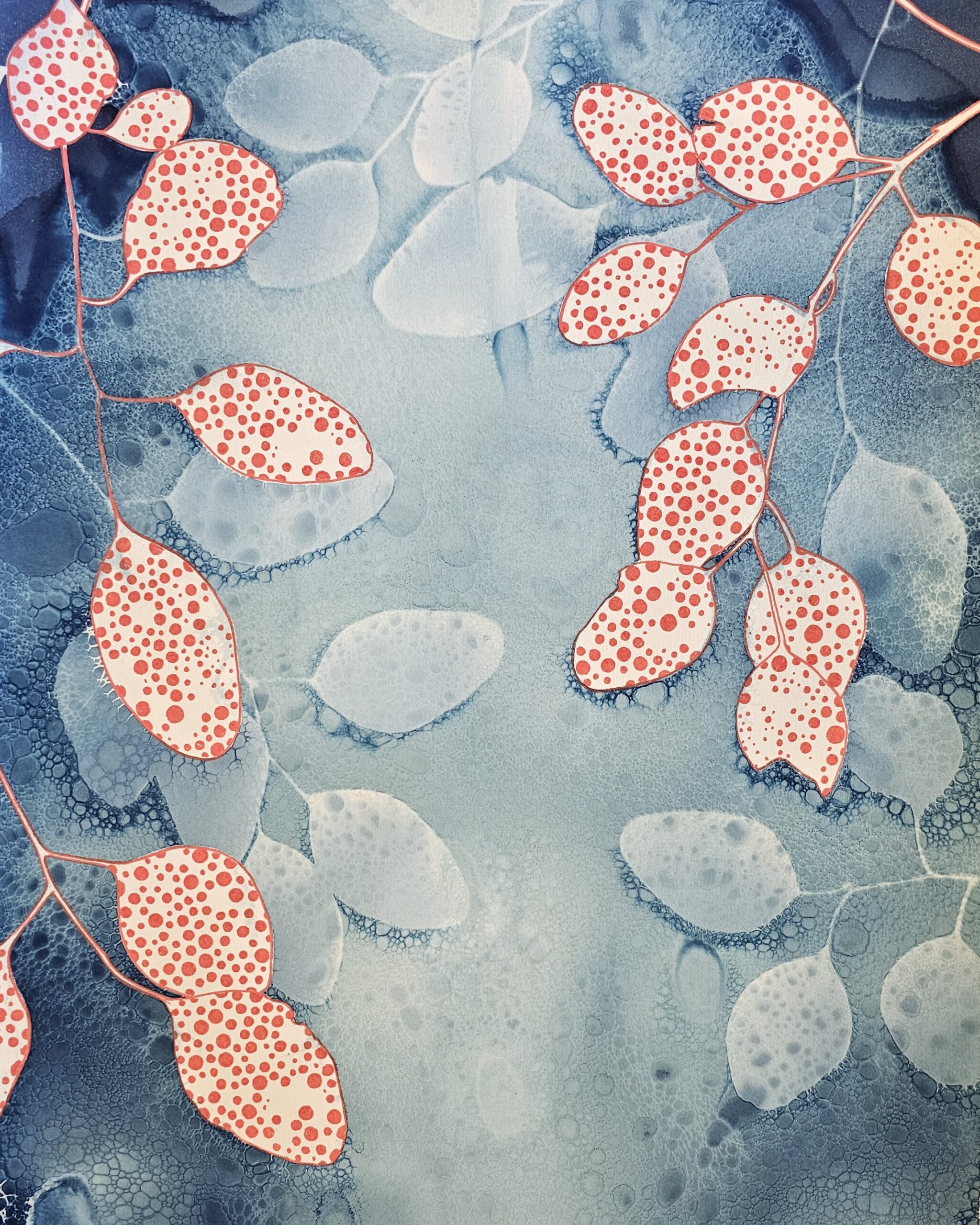
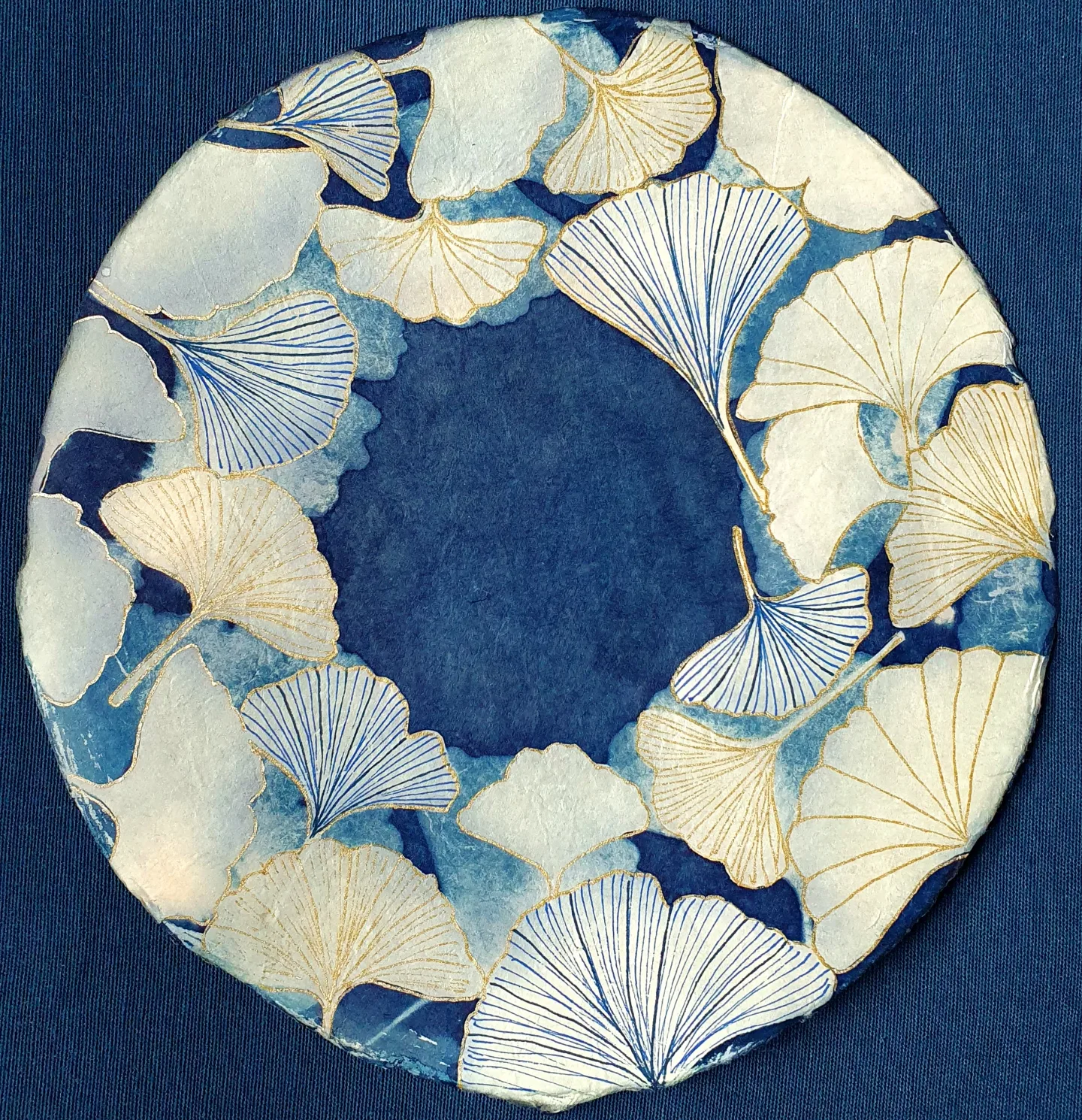
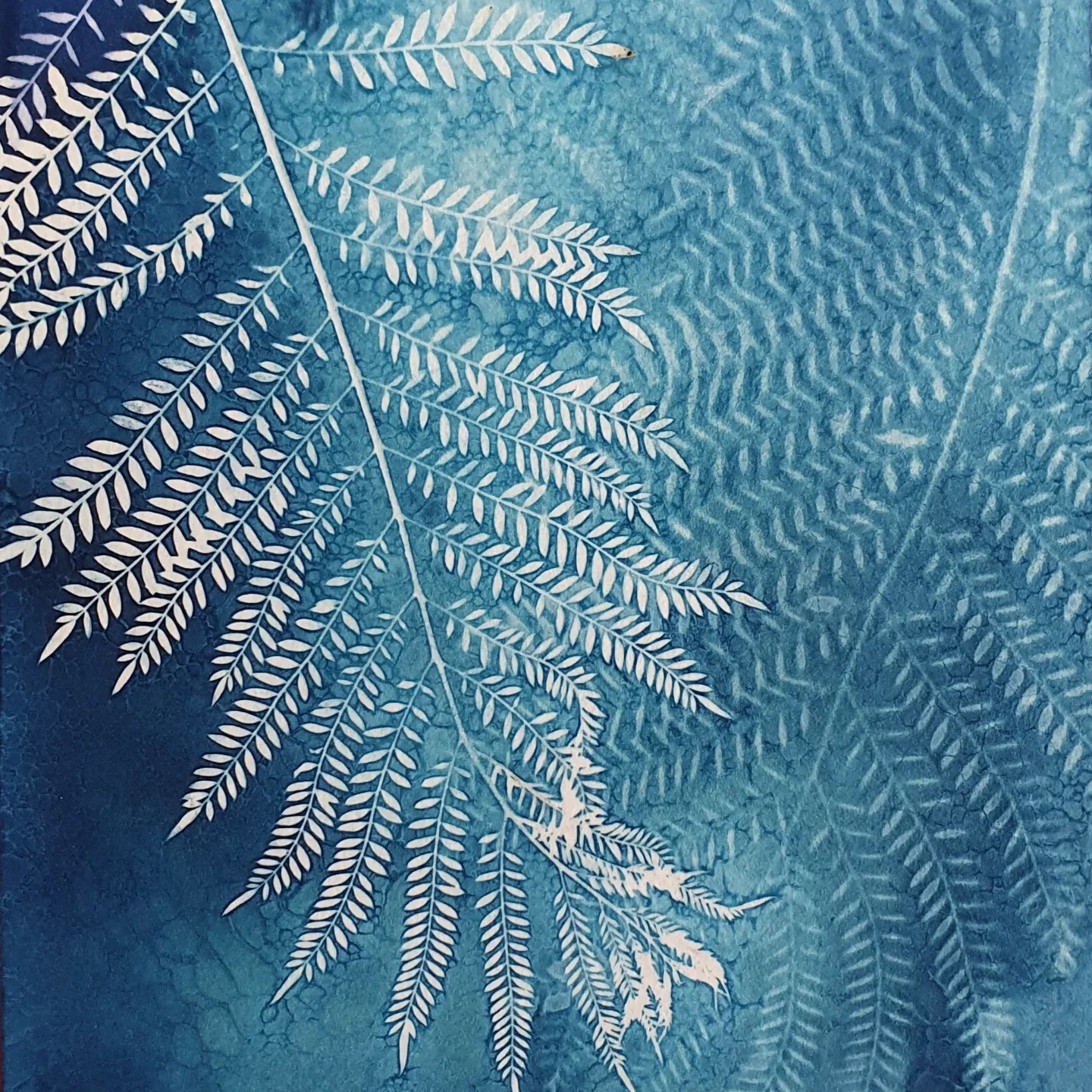
LINDA ABOUT CYANOTYPE:
So what is cyanotype really and what can I do with it?
DRY TECHNIQUE
1. Mixing Solutions
2. Coating paper
3. Now you are ready to make a print
4. Exposing your print
5. Rinsing the print
6. The next day
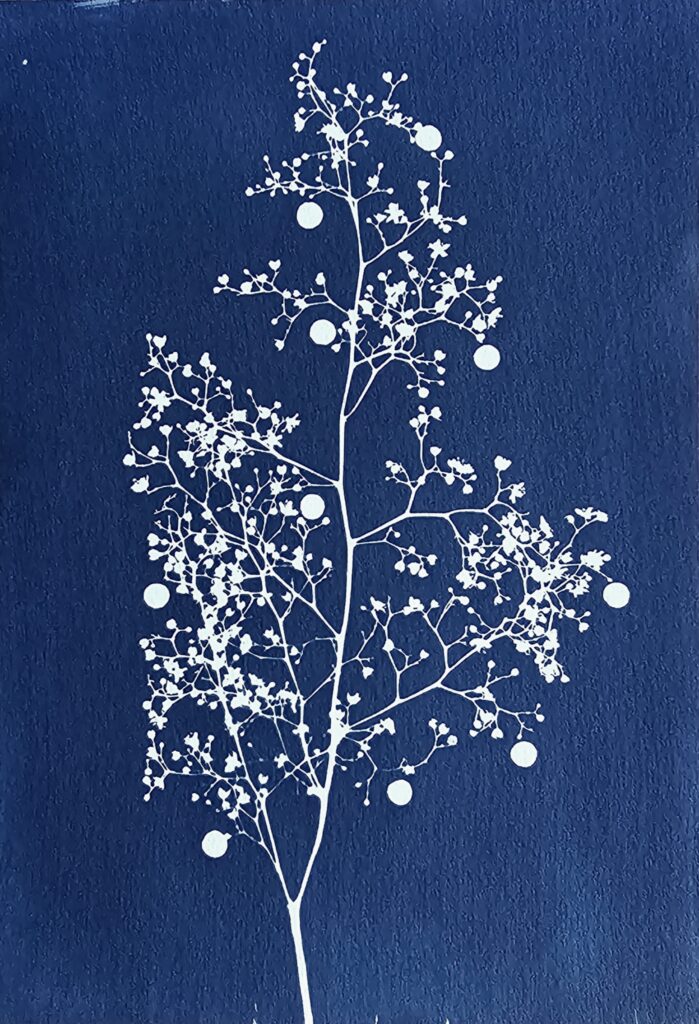
7. Embellishing
8. The end product
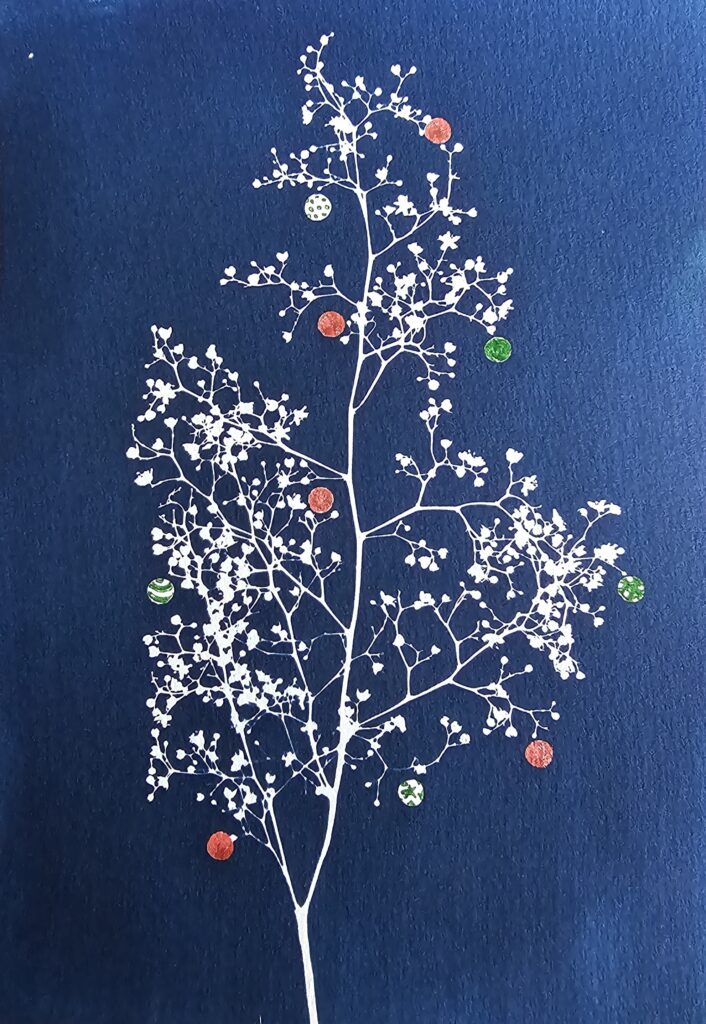
WET TECHNIQUE
1. wet technique
2. Rinsing wet cyanotype
3. Rinsing wet cyanotype continued
4. Wet cyanotype THE END PRODUCT:
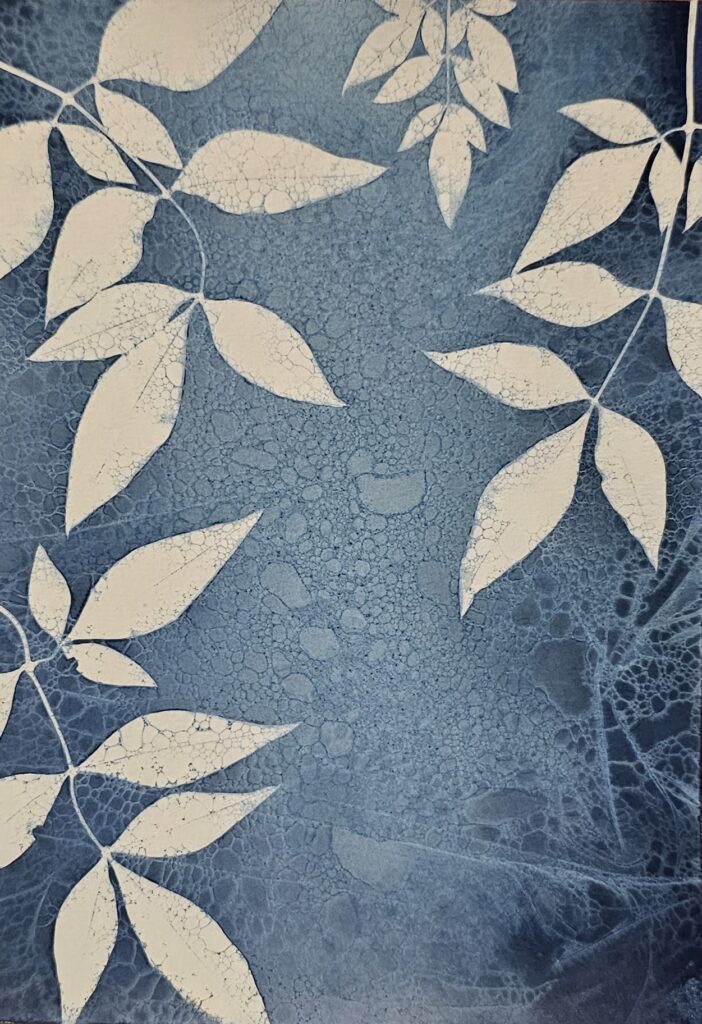

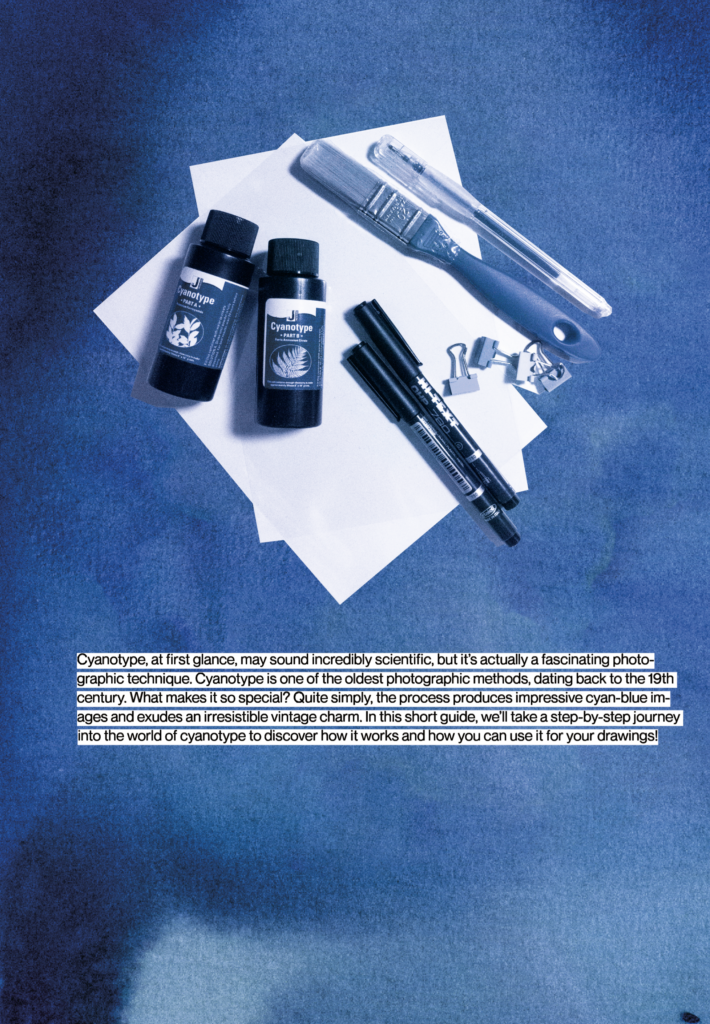
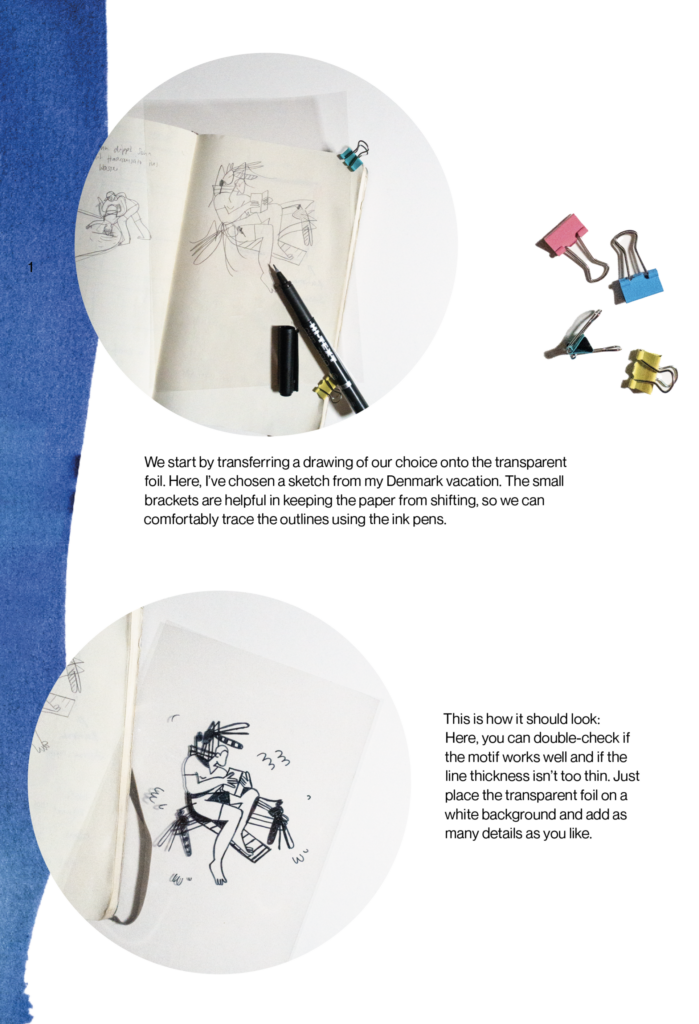
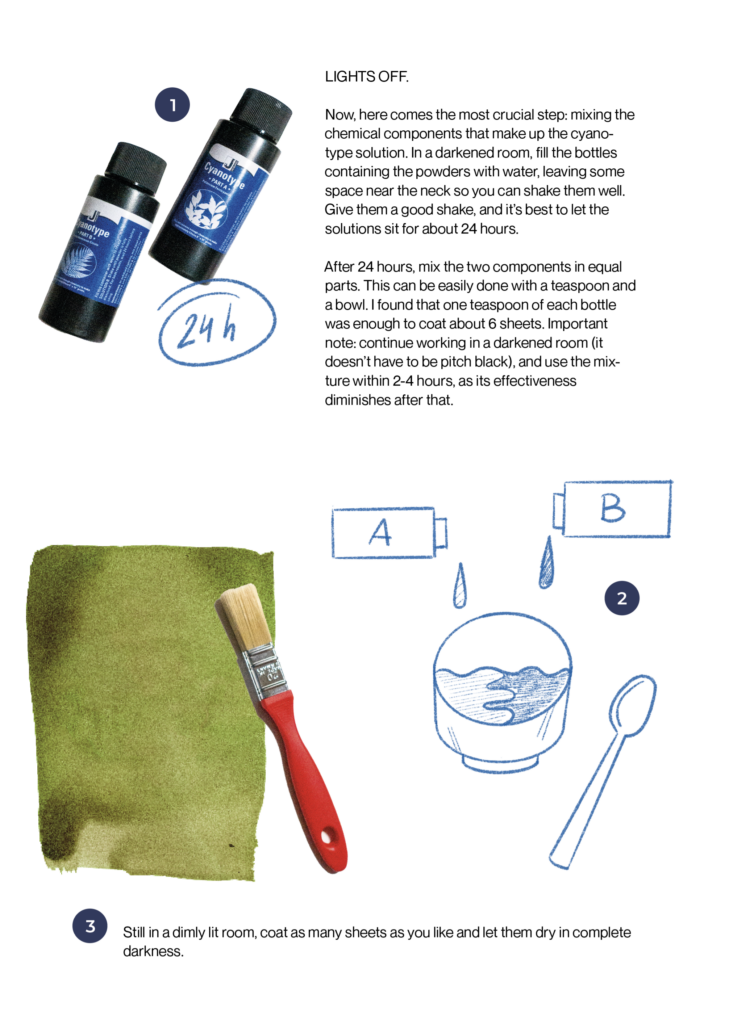
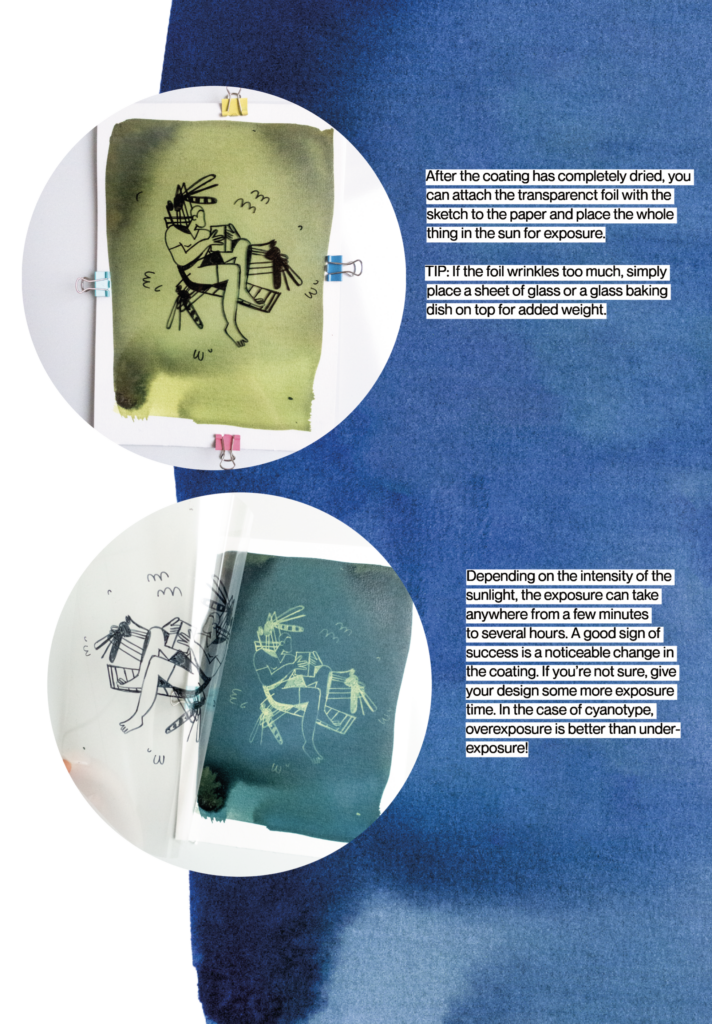
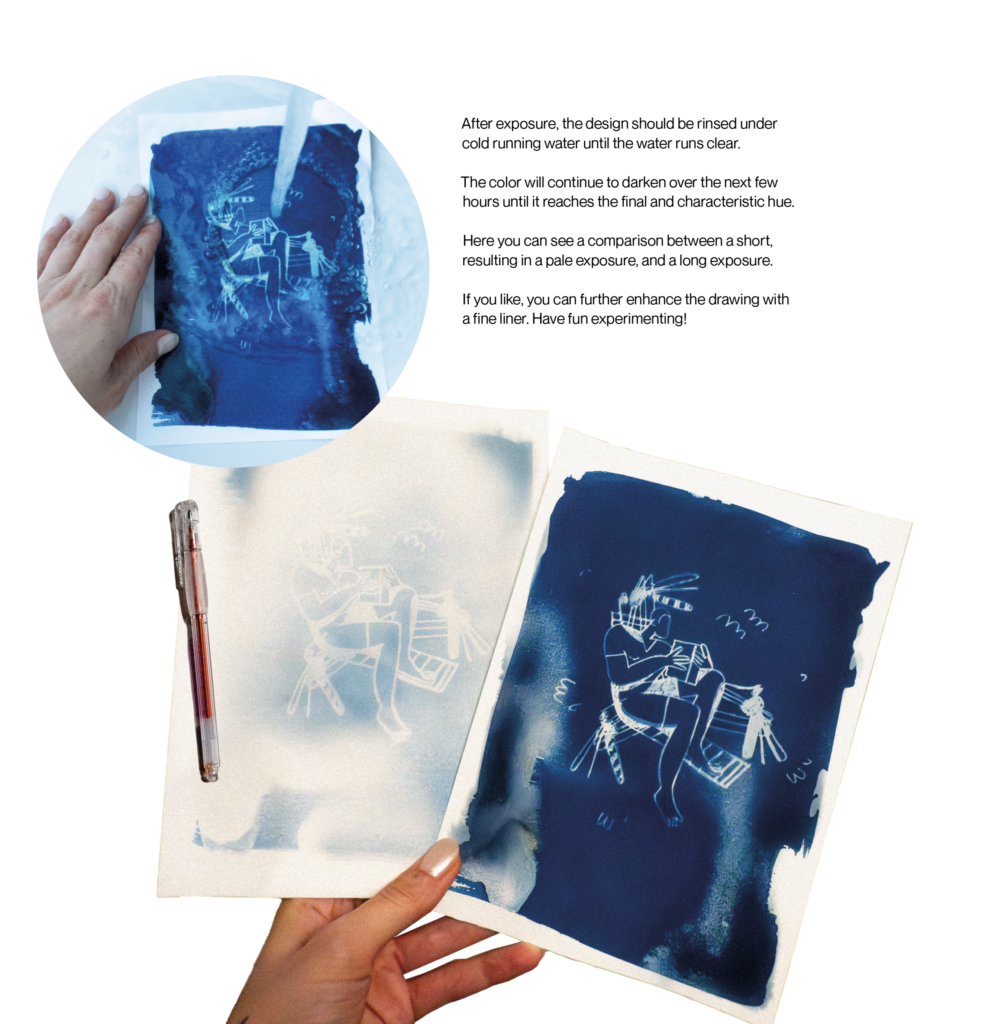
#upcratebattle
#upcrate49 Amazing entires <3
Topic: Stacking plan
#upcrate50
TOPIC: All I need is blue
This month we have a brand new medium that most of you probably haven’t tried yet. this month we’re all about trying out and discovering new media. That means all we need is blue. There are no limits to your ideas 🙂
ALL YOU NEED TO DO IS:
1. Use the materials in this month‘s upcrate. Let your creativity run free and create a great work of art
2. Post your artwork on Instagram with #upcratebattle #upcrate50 tag us @upcrate



